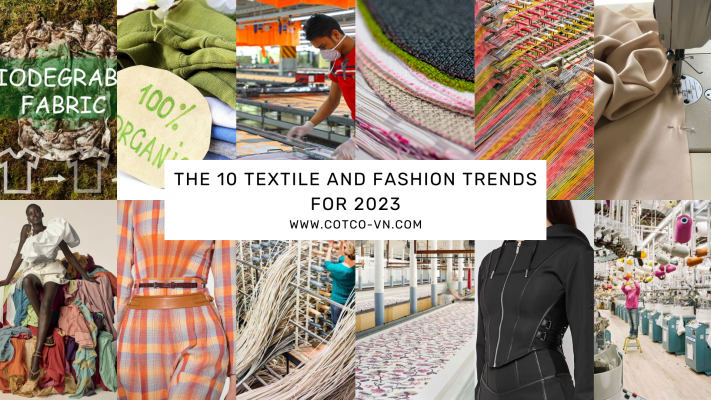
1.Sustainability and eco-friendliness
– Textiles made from recycled materials or produced with minimal environmental impact.
– Brands are increasingly offering products made from organic cotton, recycled polyester, and Tencel.

2. Circular Economy
– This involves designing textiles for longer lifespans, with the intention of recycling and repurposing them at the end of their life cycle
– Reduces waste and promotes resource efficiency.

3. Biodegradable Textiles
– A solution to environmental concerns
– These textiles can break down naturally in the environment, reducing pollution and waste
– Examples include biodegradable polyester, polylactic acid (PLA), and bio-based nylon.
4. Digital Printing
– The greater customization, reduced waste, and shorter production times.
– Digital textile printing enables intricate patterns, photo-realistic images, and a broader range of colors to be printed directly onto fabrics.

5. Performance Fabrics
– The consumers seeking fabrics that offer moisture-wicking, antibacterial, UV protection, and thermal regulation properties.
– These textiles are popular in activewear, outdoor wear, and everyday clothing.

6. Smart Textiles
– With advancements in wearable technology and smart fabrics that can monitor vital signs, control electronic devices, or change color and texture in response to external stimuli
7. Artisanal and Handcrafted Textiles
– The unique and authentic products
– Handwoven, hand-dyed, and embroidered textiles are gaining popularity for their cultural significance and the skills and time required to produce them.

8. Vintage and Upcycled Textiles
– The unique aesthetics and history behind these pieces
– Upcycling and repurposing extend the life of textiles and contribute to a more sustainable fashion industry.
9. Inclusivity and Adaptive Design
– Focusing on creating fabrics and garments that cater to diverse body shapes, sizes, and abilities.
– Textiles with adaptive features, such as easy closures, adjustable sizing, and sensory-friendly materials, are becoming more prevalent.
10. Bold Patterns and Colors
– Vivid colors, oversized prints, and graphic designs as a way to express their individuality and make a statement.
